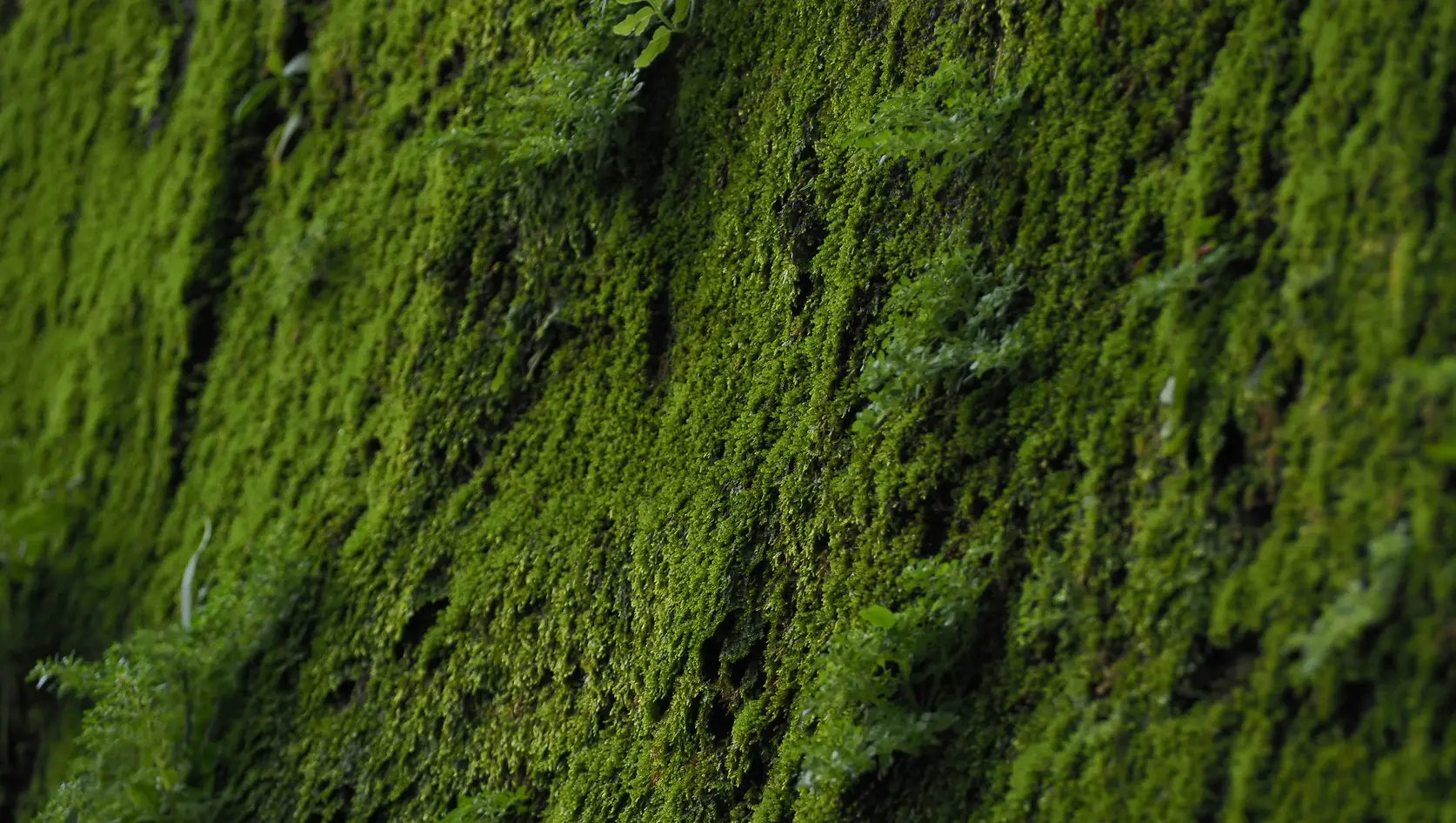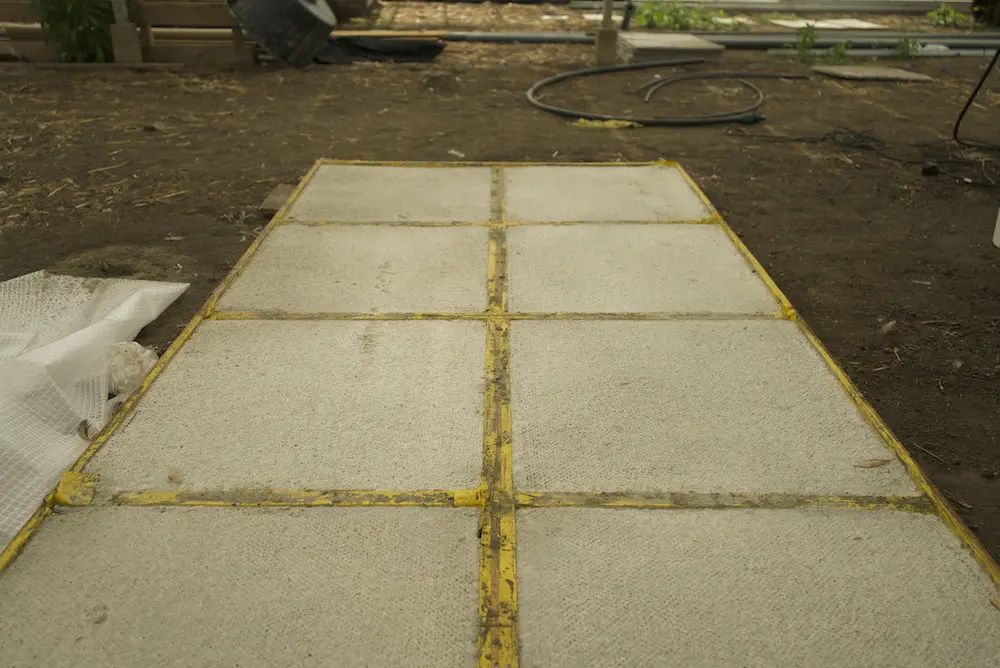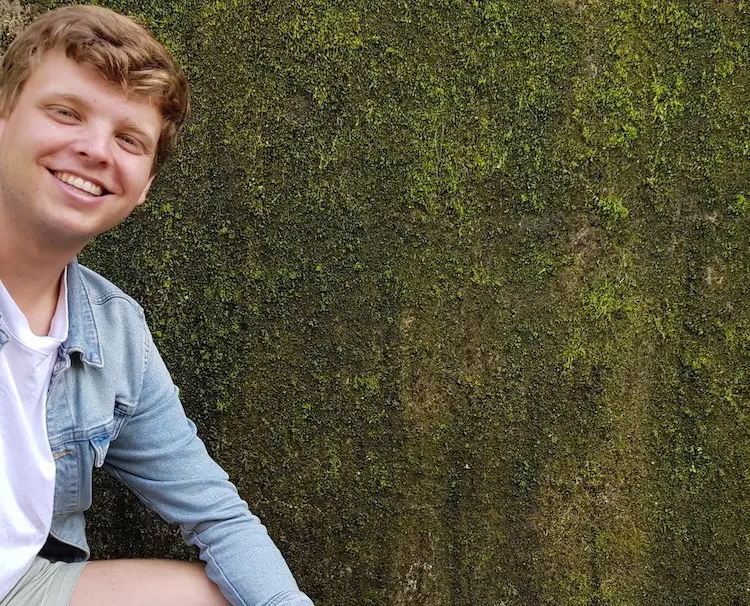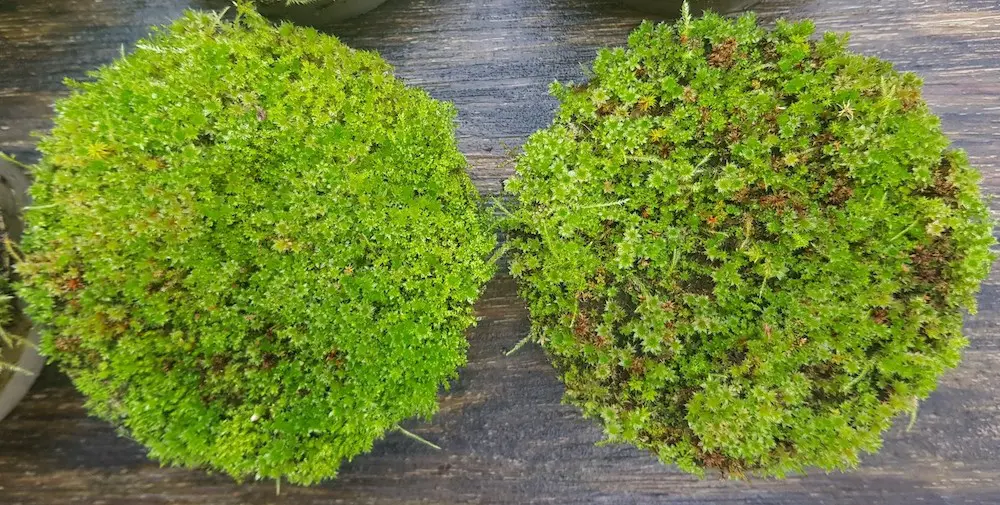“Reintegrating nature is crucial to making future-proof cities” says bio-receptive concrete co-creator Auke Bleij

Auke Bleij talks us through the research and development of Respyre’s bio-receptive concrete and moss-covered facades, which give architects and designers the tools to turn any and every surface green.
Urbanisation and climate change are reinforcing our planet’s problems
At Respyre, our goal is to address sustainability problems caused by, and in, the built environment, which include decreased biodiversity, heat stress, high use of water & energy for cooling, a lack of water-retaining capacity, flooded streets and severe air pollution. It also accounts for the emotional impact of these problems, like high levels of mental stress and anxiety, which are also affected by a lack of availability of nature.
Urbanisation and climate change are reinforcing our planet’s problems, the first describing massive amounts of new inhabitants in cities, which we are also seeing in third world countries, where a rise in wealth is leading to rapid urbanisation. This leads to the replacement of nature with building materials, such as asphalt, concrete and masonry, which have a high heat capturing capacity and zero capacity to retain water during heavy rain.
Simultaneously, the effects of climate change are subjecting certain regions to more extreme weather like droughts and rain showers. These scenarios affect the built environment more than rural areas, after all, cities are generally heated up 6 to 8 degrees more, compared to rural areas in the same geographical location.
Scientific research shows that reintegrating nature into the built environment and exploiting the possibilities of nature with regard to ecosystem services such as retaining water, capturing pollutants from the air and cooling the local environment is crucial to reduce these problems and to make the city more liveable, sustainable and future-proof.
Green roofs and green facades are expensive to purchase and maintain
Unfortunately, current solutions to include nature in the built environment do not suffice. The green roofs are great for retaining water, however, due to their placement on top of buildings, inhabitants hardly notice their cooling effects.
Meanwhile, current examples of green façade coverage need a lot of maintenance and water to be kept alive, making it expensive to maintain. Moreover, it puts a lot of stress on the underlying structure, making it expensive to purchase. All in all, these solutions are not scalable and due to their high costs will only be available to the upper class.
Respyre simplifies vertical greening
However, there are opportunities to simplify this vertical greening. After all, it’s the vertical surfaces we have the most interaction with. During a walk through a city, you are completely surrounded by facades and not by roofs. This simplification involves using two highly reliable elements: moss and our own unique “bio-receptive” concrete recipe, which we combine to create green façade coverage. Both are chosen very carefully…
Moss doesn’t have roots and gets its nutrients from the air. This means that it won’t grow into its substrate (and therefore not harm the underlying element) and that it purifies the air. The absence of roots also means it is not land-bound, as it can grow everywhere, at every height and orientation, without the need for bins to provide roots with nutrients and water. Moreover, moss is extremely durable. It is able to survive the most excessive heat waves by turning into defensive mode, in which it turns itself inside out, protecting the greenness from drying out.
Our “bio-receptive” concrete is specifically designed to provide the moss with the best possible substrate—it is strong and able to gather and capture water & nutrients for the moss to help it survive. Moreover, it enables us to establish different product types, for specific applications like plaster, prefab panels and other prefab elements.
Our goal is to provide humanity with a way of turning every object green
The bio-receptive concrete is castable into almost any object. We are currently creating bins for plants and experimenting with the creation of mass retaining walls. Our goal is to provide humanity with a way of turning every object green, with real moss growth, without the need for maintenance and irrigation. It is a toolbox for everybody to contribute to establishing more green into the built environment, or wherever one pleases, and make the cities breathe again!
People believe that moss growth harms concrete—actually the opposite is true
At TU Delft, where our research began, we had the scope to find out why a lot of concrete surfaces were covered with moss. Back then, the growth of moss on concrete was feared because one believed that it puts stress on the structure and therefore harms the concrete. But actually, the opposite is true. Moss growth is an indication of damage to the concrete structure, telling the owner that there needs to be some repair in order for the reinforcement steel not to be damaged.
This prompted our development of a “bio-receptive” concrete with the characteristics of concrete featuring moss growth but without damage. The first step of our venture to bring this new building material into the built environment and have the impact we want, was establishing a few small samples and growing them in a controlled environment. These samples rather quickly turned completely green, and that is when we knew we were up to something.
After this period of doing tests in our self-fabricated lab, we increased the scale and created full-size panels. Simultaneously we established, with partners who were keen on providing us with the space we needed, demonstrators where we tested the plaster on a large scale. The larger scale did come with some challenges, especially when it came to controlling the environment to exactly the desired temperature and relative humidity. Multiple designs have been tried out and we’re still continuously improving our greenhouse, with more professional resources.
Our focus now is perfecting these large-scale tests, which requires partners
Markets require a high safety standard before using new technologies and a part of the thorough testing and certification must be done before we are able to make the claims necessary for application. Moreover, our technology needs to be exposed to as many circumstances (orientation, weather, etc.) as possible. This provides us with needed insights into the performance of the product, regarding isolation value, biodiversity increase and cooling capacity during every season. To establish this, we are highly interested in doing pilots with possible partners/clients.
Our goal in the immediate future is to establish our first paying customer. After that, we want to roll out projects on a large scale. For this to be possible, financing from third parties will be needed to establish the production scale we envision.
As for our long-term ambition — this is to inspire others to implement nature into their design, and use Respyre’s technology to do so. We want to change the way we think about the design of the cities and change the credo where one brick has to replace pieces of nature, into a more nature-inclusive way of designing.
In the Netherlands, Urban Reef is experimenting with mycelium and computational design aiming at making cities more biodiverse.
Cover picture © Yoyo Dy









